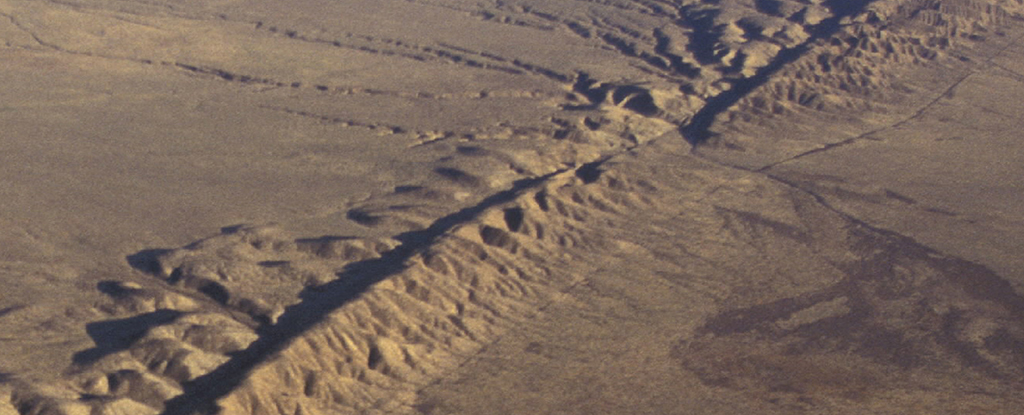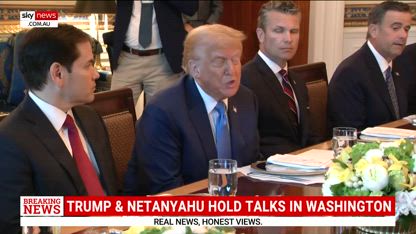
prepping.com
CRISIS REPORT IS LIVE #news #trending #prepping
Join this channel to get access to perks: https://www.youtube.com/channel/UCBcyBXNCsbx8clN2KSqZlaw/join Join Me Here As A Member here on YouTube ————————————————— TOPICS: economy, collapse, recession, prices, inflation, middle class, decline, ISRAEL, war, Palestine, Gaza, hostages ————————————————— The Modern Prepper book: https://www.amazon.com/Modern-Prepper-J-H-Zarate/dp/1617045535/ref=mp_s_a_1_1?crid=1RDPD3FGY4OWP&keywords=the+modern+prepper&qid=1689569407&s=books&sprefix=the+modern+prepper%2Caps%2C120&sr=1-1 https://m.youtube.com/sponsor_channel/UCBcyBXNCsbx8clN2KSqZlaw?noapp=1 Thank you for supporting me! TRANSCRIPT ON SUBSTACK http://preppernow.substack.com https://www.buymeacoffee.com/Preppernow1 JOIN ME ON LOCALS FOR $3 A MONTH https://preppernow.locals.com JOIN ME ON SUBSCRIBESTAR FOR $3 A MONTH https://www.subscribestar.com/preppernow (TIPS/Donations) Cash App: cash.app/$PrepperNow ————————————————— SPONSORS: JASE MEDICAL JASE CASE! Follow The Link! https://www.jasemedical.com/?rfsn=6390154.fa795e4 PREPPER NERD OFFLINE ASSET SYSTEM This is my affiliate link: https://signup.prepper-nerd.com/referral/home/Wz1AWj2DlhRsMbko There are other links available at https://prepper-nerd.com/affiliate-asset-center/ OFFLINE version launch and $20 discount ends Wed 8/3/22 ————————————————— Learn canning with Voodoo Queen cindisevy@gmail.com ————————————————— TELEGRAM Channel https://t.me/crisisreport ————————————————— PrepperNow is an educator, prepper, father, husband and patriot. Working in academia, I have a B.A. in political science and an M.Ed. in education. I use the PrepperNow sites to posit my thoughts and post trustworthy material. www.preppernow.net ————————————————— L. I. N. K. S. ————————————————— (ODYSEE) https://odysee.com/@preppernow:61 ————————————————- (Truth Social): @preppernow ———————————————— (Twitter): https://www.Twitter.com/prepper_ now ———————————————— (GAB) https://gab.com/preppernow ————————————————— (RUMBLE) https://rumble.com/user/PrepperNow ————————————————— (MINDS) https://minds.com/preppernow ————————————————— (CRISIS REPORT ON ODYSEE): https://odysee.com/@preparednessnow:9 ————————————————— (CRISIS REPORT) https://YouTube.com/@crisisreport ————————————————— (EMAIL/INTEL) preppernow@protonmail.com ———————————————— (PREPPERNOW YT) https://youtube.com/channel/preppernow ————————————————— (Legal) FAIR USE NOTICE This video may contain copyrighted material; the use of which has not been specifically authorized by the copyright owner. We are making such material available for the purposes of criticism, comment, review and news reporting which constitute the fair use of any such copyrighted material as provided for in section 107 of the US Copyright Law. Not withstanding the provisions of sections 106 and 106A, the fair use of a copyrighted work for purposes such as criticism, comment, review and news reporting is not an infringement of copywright. #prepping #WAR #NEWS

















